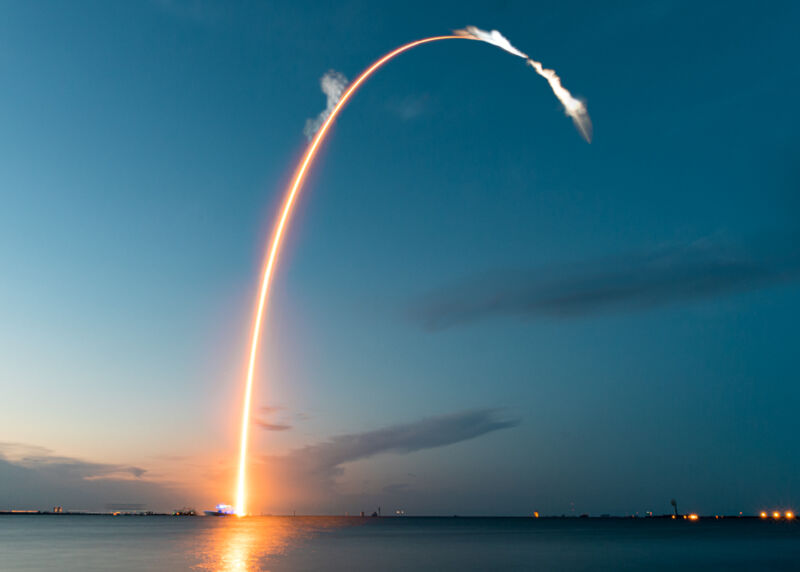After doubling launch record in 2022, can SpaceX take another step up in 2023?

On the penultimate day of 2022, SpaceX completed its final launch of the year, boosting an Israeli optical satellite into low Earth orbit. This was the company’s seventh launch in December and capped a year in which the Falcon family of rockets launched 61 times, all successful.
All but one of these missions flew on the Falcon 9 rocket, and more than 90 percent of these flights were on a previously used booster. The other launch took place on a Falcon Heavy. With these 61 flights, SpaceX tied a record set by the Soviet R-7 rocket, which in 1980 flew a combined 61 missions across its Soyuz, Molniya, and Vostok variants.
The Soviets accomplished this amid the Cold War, of course, with a large budget devoted to space surveillance and a massive government space program with tens of thousands of workers. SpaceX performed the same feat as a private company, flying its Starlink satellites and a mix of missions for satellite companies and governmental space agencies. SpaceX also landed every first stage that attempted to return on a drone ship or landing site in 2022, for a total of 60 rockets, including two side-mounted boosters from the Falcon Heavy mission on November 1.
As early as Tuesday morning, SpaceX will open its launch account for 2023 with the Transporter-6 mission. As the name suggests, this will be the company’s sixth rideshare mission, carrying 114 small satellites into low Earth orbit for various companies. These include CubeSats, microsats, picosats, and orbital transfer vehicles that will ferry spacecraft to be deployed into different orbits. These rideshare missions, which SpaceX initiated in January 2021, have put a damper on the financial prospects for some small-launch-vehicle companies by eating into the base of small-satellite customers.
SpaceX is targeting 9:56 am ET (14:56 UTC) on Tuesday for launch of the Transporter-6 mission from Space Launch Complex 40 at Cape Canaveral Space Force Station in Florida. This will be the second time SpaceX has attempted to launch one of its Falcon 9 first stages 15 times, as this rocket has previously launched the GPS III-3 satellite for the US Space Force, three other commercial missions, and 10 batches of Starlink satellites. It now seems possible that the company will fly one of its rockets as many as 20 times by the end of this year.
In 2022 SpaceX was able to dramatically increase its launch cadence by both ramping up Starlink satellite production as well as maturing its operations to reuse Falcon 9 first stages and payload fairings. Previously, from 2017 to 2021, SpaceX averaged 22 launches a year, with an annual record of 31 flights in 2021. Last year the company very nearly doubled its previous record.
The question for the new year, therefore, is whether SpaceX can take another leap in cadence. SpaceX founder Elon Musk said in August 2022 that the company aimed to launch 100 rockets in 2023. That seems like the upper bound of what is possible; however, given that the company was able to launch seven rockets in December, it is perhaps not unreachable in terms of raw production.
Of course, nothing in launch is straightforward, and another important factor will be payload readiness. Of its missions in 2022, 27 were for governments or commercial customers, whereas 34 were the company’s Starlink Internet satellite payloads. Assuming about 30 flights for government and commercial customers, approaching 100 launches in 2023 would require SpaceX to nearly double production of its Starlink satellites. That, too, is a big ask for the disruptive California launch company.
But after seeing its remarkable performance in 2022, one can perhaps not rule out big asks.
https://arstechnica.com/?p=1907135